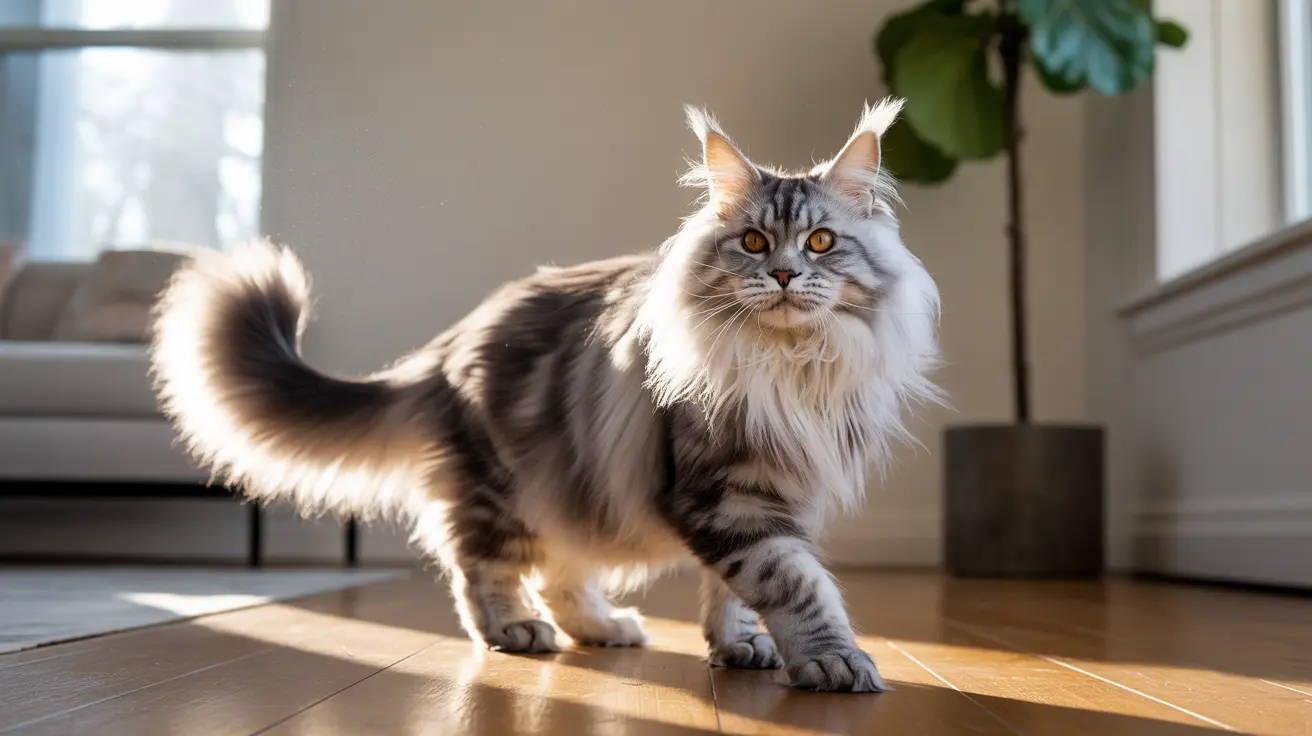How Cats Feel on Gabapentin: Effects, Benefits, and Considerations
Gabapentin is a commonly prescribed medication in veterinary medicine, especially for feline patients experiencing chronic pain, anxiety, or preparing for stressful events like vet visits. Understanding how cats feel on gabapentin can help pet owners make informed decisions and ensure their feline friends receive compassionate, effective care.
What Is Gabapentin?
Gabapentin is a drug initially developed for human use to treat seizures and neuropathic pain. In veterinary contexts, it’s frequently used off-label for pain relief and anxiety reduction in cats. Its mechanism involves calming nerve activity, resulting in a variety of observable changes in a cat's behavior and demeanor.
Common Uses of Gabapentin in Cats
- Chronic pain management: Especially in conditions like arthritis or intervertebral disc disease.
- Pre-visit anxiety aid: Reduces stress during vet appointments or travel.
- Seizure control: Used adjunctively in epileptic cats.
How Do Cats Feel When Given Gabapentin?
Cats respond individually depending on the dosage, the reason for administration, and their overall health. Generally, they experience:
- Calmness: Most cats appear visibly more relaxed within 1–2 hours of administration.
- Sleepiness or sedation: A common side effect, especially at higher doses.
- Reduced responsiveness: Cats may be less reactive to sounds, movements, or stressors.
- Impaired coordination: Temporary wobbliness or unsteady gait can occur.
Positive Effects
Used appropriately, gabapentin offers several benefits:
- Improves comfort in aging or painful cats.
- Enhances compliance during medical procedures by reducing cat stress.
- Improves overall quality of life in chronically ill pets.
Potential Side Effects
While generally safe, gabapentin can produce a few side effects:
- Excessive sedation or lethargy
- Loss of balance or incoordination
- Occasional vomiting or drooling
Monitoring is essential, especially after the first few doses, to assess tolerance and effectiveness.
Dosage and Timing
Gabapentin is usually administered orally and comes in liquid or capsule form. For anxiety, it's often given 90 minutes to 2 hours before a stressful event. For pain relief, it's prescribed as a twice-daily or thrice-daily medication in lower dosages.
When to Contact a Veterinarian
If you notice any of the following, consult your vet:
- Extreme drowsiness or unresponsiveness
- Vomiting or gastrointestinal distress
- Behavioral changes that persist beyond 12–24 hours
Helpful Tips for Pet Owners
- Start with a trial dose at home before a stressful event.
- Monitor your cat for at least a couple of hours after administration.
- Never abruptly stop gabapentin, especially after long-term use—tapering may be required.
Conclusion
Gabapentin can significantly improve a cat’s comfort and reduce anxiety when administered appropriately. Most cats feel relaxed and less stressed, though some may show signs of slight sedation or impaired coordination. Close observation and veterinary guidance ensure the best outcomes for feline patients on this helpful medication.





